One of the most used typical tests in the metagraphic sector, which may also have application in the packaging industry, is to determine the load of varnish that has been applied on the metal with which a container is to be manufactured (or has already been manufactured).
We describe below a simple procedure to calculate this data.
PURPOSE OF THE PROOF
Determine quantitatively the amount of decorative coating or dry or cured protective varnish on the tinplate.
PRINCIPLE OF THE PROOF
To determine the amount of dry or cured film it is necessary to cut a known surface and weigh it before and after removing the coating. With these two weighings the dry film is calculated in milligrams per unit area.
The removal of the film is usually carried out by dissolving it in an appropriate solvent or detaching it by electrolytic action. The choice of method depends on the type of varnish or lithography; for example, vinyl and oleoresin varnishes are generally removed using chloroform as the solvent, vinyl with methyl ethyl ketone, while phenolic and epoxy varnishes require the use of electrolysis in their removal.
APPLIANCES
1. Tool or press to cut a circular disc 2.2565 “(57.35 mm.) In diameter (4 in2 – square inch surface).
2. Low vessel or saucer capable of a 4 in2 disk.
3. Electrolytic varnish remover that includes:
a) Supply of direct current: 6-12 volts, up to 20 amps, (battery charger, battery, power supply or similar unit).
b) Heating plate: plate capable of heating in the low, medium and high positions, or similar heating device.
c) Carbon electrode: 3/8 “or 1/2” carbon bar, with metal terminal fitted in the upper end.
d) Electrode holder: clamp and appropriate support to keep the carbon bar suspended in the glass.
e) Beaker: “Pyrex” vain of 400 ml or larger, for the sodium chloride solution.
f) Battery clamps: one for connecting the positive wire to the carbon electrode and another for connecting the negative wire to the sample disks.
4. Analytical balance with precision of 0.1 milligrams.
MATERIALS
1. Veneer varnished on one side and blank on the other.
2. Solvents: Chloroform or MEX when applicable.
3. Approximately 1% sodium chloride solution.
PROOF OF PROOF
The sample must be baked, with a single layer of varnish on one side, and in white or with varnish removed on the other.
PROCESS
1. Using the press, cut two 4 in2 discs of each sample. If the sample is a sheet, cut two discs at opposite diagonal corners. If the sample is a body or a background, it may only be possible or practical to cut a single disc.
2. Identify each disc and weigh it separately. Record the weights with an approximation of 0.1 milligrams.
3. Remove the varnish from the surface by one of the following two methods:
a) Most vinyl and oleoresin coatings will dissolve or loosen with chloroform. Put this solvent in a saucer and immerse the specimen for 2 to 5 minutes. Rub the wet disc with your fingers or with a soft, clean cloth.
b) When the chloroform is not effective, as in phenolic or “epoxy” varnishes, the electrolytic eliminator is used, as follows:
1.- Mount and connect the device. Put the NaCl solution about to boil, for greater efficiency in the elimination.
2.- Connect the disc, or two discs with their faces in white facing each other, to the clamp of the negative pole.
3.- Introduce the sample in the solution and let the current eliminate the film.
4.- Rinse the sample with water.
4. Dry each sample very well.
5. Reweigh and record the weight to the nearest 0.1 milligrams.
CALCULATIONS
Calculate the dry film weight of each disk by subtracting the weights obtained in raisins 5 and 2, and divide the resulting weight (expressed in milligrams) by the number of square inches of area.
The film weight can be expressed in milligrams per square inch or in grams per square meter. In the following table you can see the equivalence of values measured in both systems.
| EQUIVALENCE OF PELICULA PESOS | ||||
| Expressed in grs / m2 and in mgrs / inch2 | ||||
| mgrs / pul.2 | grs / m2 | grs/m2 | mgrs/pul.2 | |
| 1 | 1,55 | 1 | 0,645 | |
| 2 | 3,10 | 2 | 1,290 | |
| 3 | 4,65 | 3 | 1,935 | |
| 4 | 6,20 | 4 | 2,580 | |
| 5 | 7,75 | 5 | 3,225 | |
| 6 | 9,30 | 6 | 3,870 | |
| 7 | 10,85 | 7 | 4,515 | |
| 8 | 12,40 | 8 | 5,160 | |
| 9 | 13,95 | 9 | 5,805 | |
| 10 | 15,50 | 10 | 6,450 | |
| 11 | 17,05 | 11 | 7,095 | |
| 12 | 18,60 | 12 | 7,740 | |
| 13 | 20,15 | 13 | 8,385 | |
| 14 | 21,70 | 14 | 9,030 | |
| 15 | 23,25 | 15 | 9,675 | |
| 16 | 24,80 | 16 | 10,320 | |
| 17 | 26,35 | 17 | 10,965 | |
| 18 | 27,90 | 18 | 11,610 | |
| 19 | 29,45 | 19 | 12,255 | |
| 20 | 31,00 | 20 | 12,900 | |


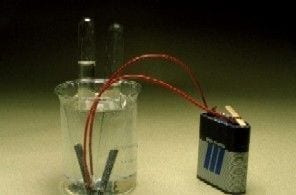


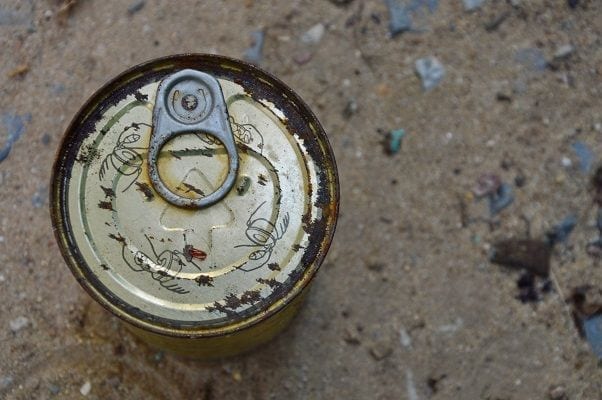
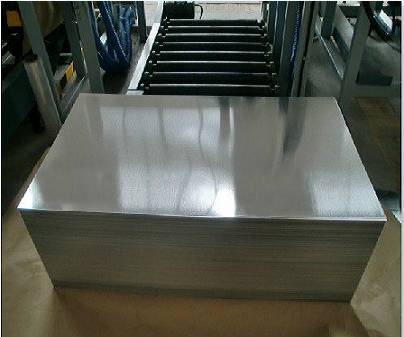
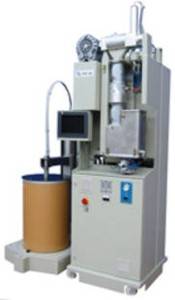
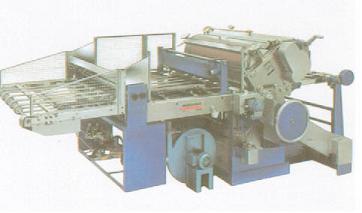
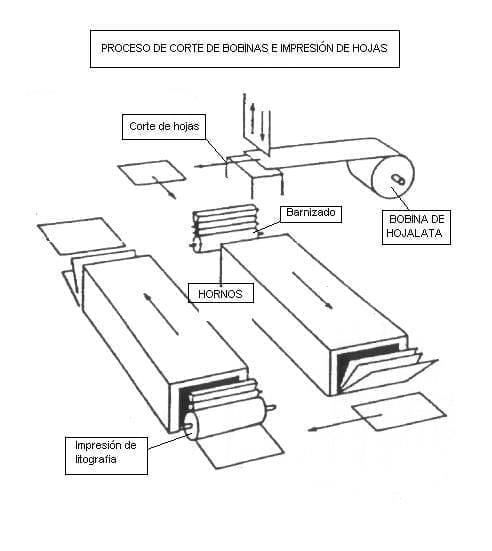
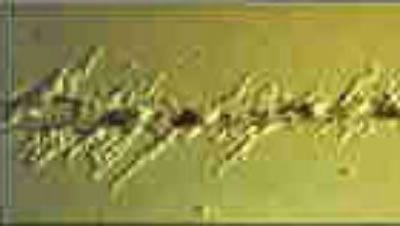





0 Comments